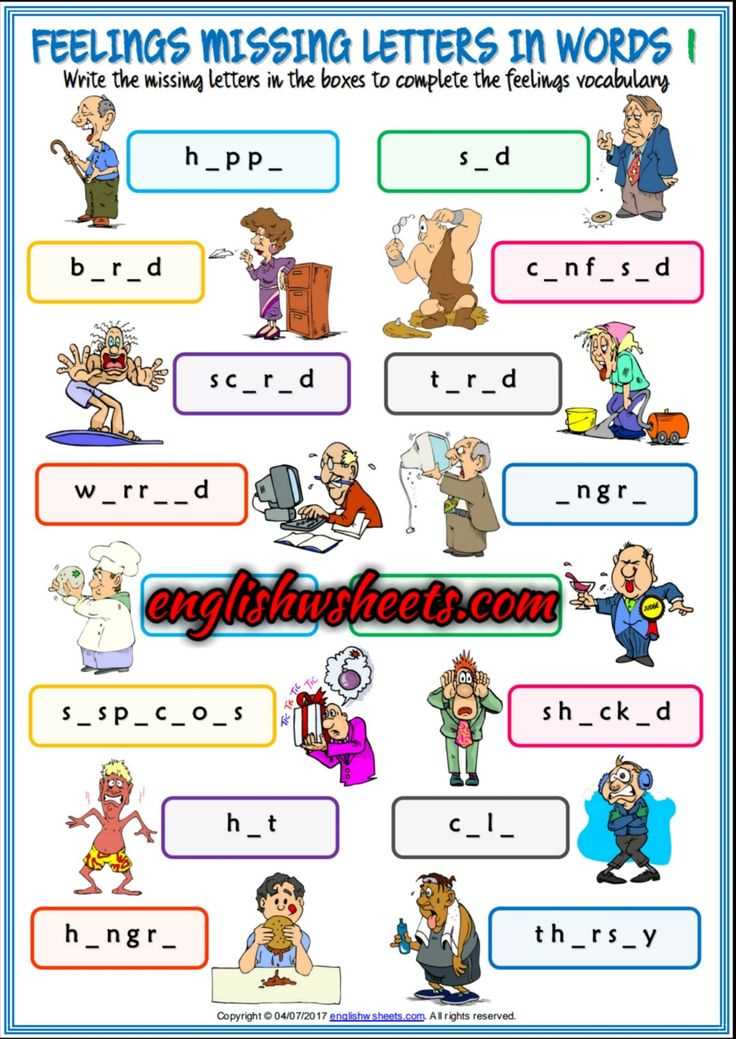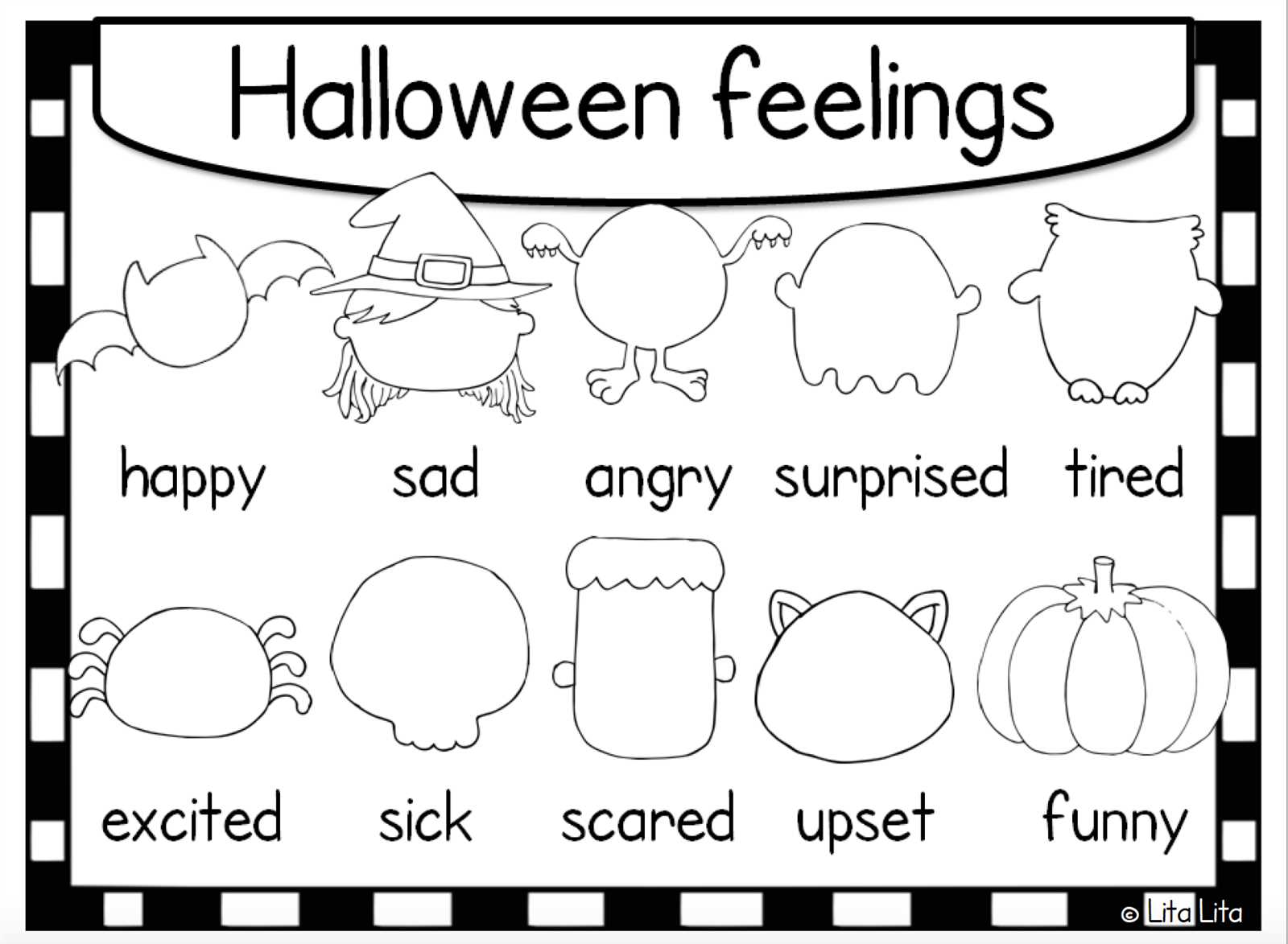Effective Feelings Letter Template for Expressing Emotions

Sometimes, putting emotions into words can be challenging. However, writing down your thoughts can be a powerful way to communicate feelings, resolve conflicts, or gain clarity. Crafting a heartfelt message allows you to reflect on your thoughts and convey them in a sincere and thoughtful manner.
Why Writing Matters in Emotional Communication

Written expressions often provide the opportunity to articulate emotions clearly, something that may be difficult to achieve in face-to-face interactions. Putting thoughts down on paper creates space for introspection, offering a sense of release and understanding. When words are carefully chosen, they have the ability to heal, build connections, and strengthen relationships.
Steps to Construct a Meaningful Message

Before writing, take time to reflect on what you want to express. Consider your emotional state and ensure that your words come from a place of honesty and clarity. The following steps can guide you in the process:
- Identify the main purpose: Determine whether you are seeking resolution, offering support, or simply expressing your feelings.
- Choose a calm and respectful tone: Even when expressing strong emotions, keeping the tone considerate ensures your message will be received positively.
- Be honest but gentle: Share your emotions openly, but be mindful of the other person’s feelings and perspective.
- Close with understanding: End your message by expressing empathy and a desire for resolution or connection.
Common Pitfalls to Avoid
While writing can be therapeutic, it’s important to avoid common mistakes that may weaken your message:
- Over-explaining: Long-winded explanations can confuse or overwhelm the reader.
- Being overly blunt: Harsh words can hurt and might not convey the emotion intended.
- Neglecting the recipient’s perspective: Always consider how the other person will interpret your message.
When to Share Your Message
Timing is crucial when deciding to communicate through writing. Consider the emotional state of both you and the recipient. A well-timed message can lead to positive outcomes, while sharing too soon may result in misunderstandings. Give both parties the space and time needed to process the words thoughtfully.
How to Express Your Emotions Through Writing
Communicating emotions through written words is a powerful tool to connect with others. Whether you are trying to resolve an issue, express admiration, or share personal thoughts, carefully chosen words can bridge emotional gaps. A well-crafted message can be both a source of comfort and a step towards mutual understanding.
Choosing the Right Tone for Your Message
The tone you use plays a significant role in how your message is received. A warm, calm, and empathetic tone can foster understanding, while a harsh or overly formal approach might create distance. Consider the recipient’s emotional state and the purpose of your message to determine whether a gentle, supportive, or more straightforward tone is needed.
Steps to Craft a Thoughtful Emotional Message

To create a meaningful written message, start by identifying the core emotion you wish to communicate. Once clear on your intention, follow these steps:
- Be clear about your intent: What is the main goal of your message–closure, healing, or simply sharing thoughts?
- Use compassionate language: Choose words that reflect understanding and care, even when addressing difficult topics.
- Keep it concise: Avoid overwhelming the reader with unnecessary details or excessive elaboration.
- Close with positive reinforcement: Reinforce your intention to move forward or maintain a positive relationship.
Common Errors to Avoid
While writing can be therapeutic, certain mistakes can hinder the effectiveness of your communication. Be mindful of the following:
- Overloading with emotion: Excessively emotional messages may overwhelm the reader and reduce the impact of your words.
- Being vague: Lack of clarity can cause confusion and prevent meaningful resolution.
- Not considering the reader’s perspective: Failing to think about how your words might be received can result in misunderstandings.
By following these guidelines, you can create a powerful and positive written message that communicates your thoughts clearly and empathetically.